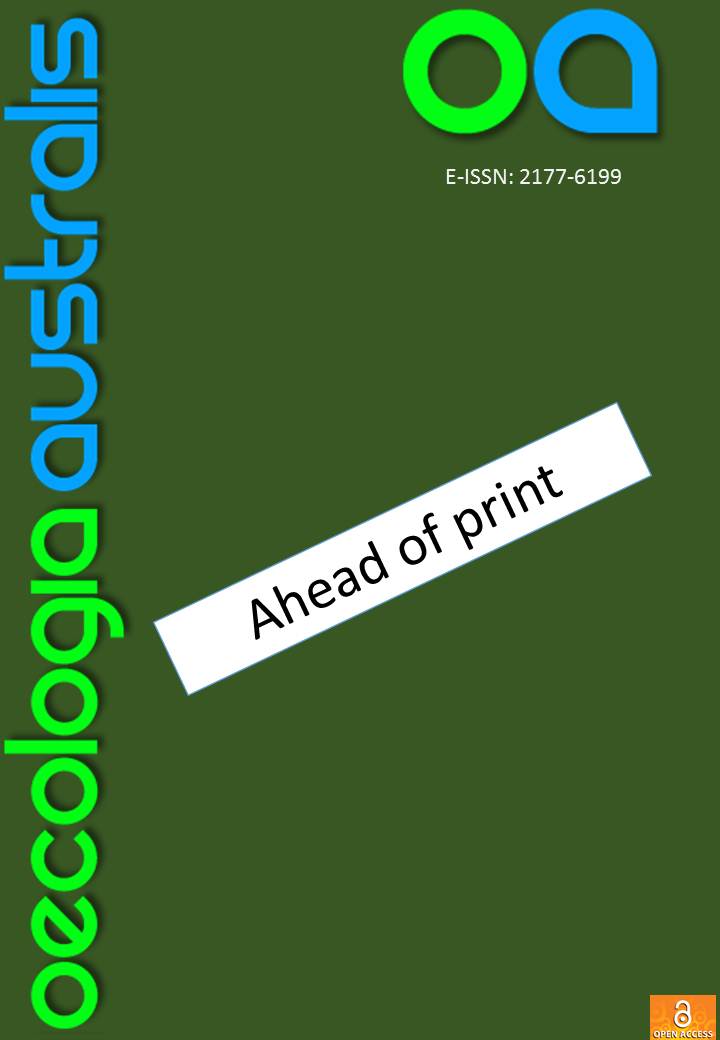LIGHT EFFECTS ON THE GERMINATION AND GROWTH OF THE INVASIVE ALIEN GRASS Eragrostis plana
Light effects on Eragrostis plana invasion
Abstract
Changes in light conditions may affect invasiveness as they can constrain different stages of plant development during the invasion process. This is particularly true in grazed grasslands, as livestock selectively removes above-ground biomass, promoting light heterogeneity. We assessed how light intensity and quality affect the germination and growth of Eragrostis plana, one of the most invasive alien grasses of the Río de la Plata grasslands (southern Brazil, Uruguay, and eastern Argentina). We performed two experiments under laboratory conditions, one assessing germination responses and another evaluating its growth. The germination experiment compared the percentage of germination and the mean germination time between four treatments, resulting from combining of two levels of light intensity and quality. The growth experiment was performed for two initial stages of E. plana’s growth (3-month and 5-month-old plants) under contrasting light intensity levels. We found that lower light intensity reduced the number of germinated seeds and increased the mean germination time of E. plana. Moreover, it affected its growth by reducing the number of leaves and height of 3-month-old plants. Reducing light intensity can be a valuable tool to prevent the colonization of E. plana in new areas (by affecting its germination) and limit its spread in invaded grasslands (by reducing its early growth).


